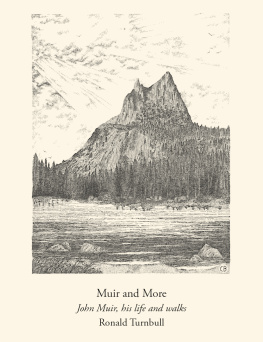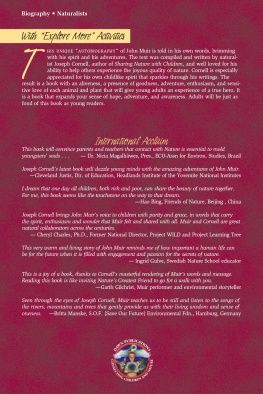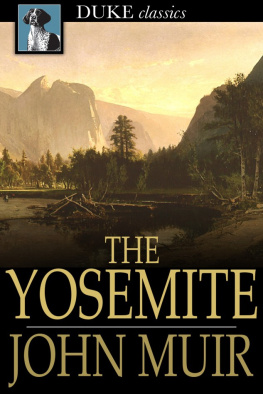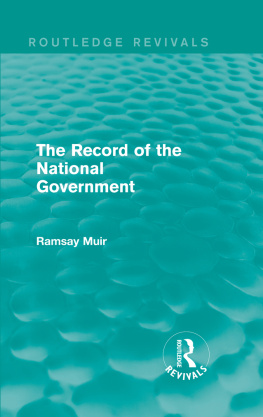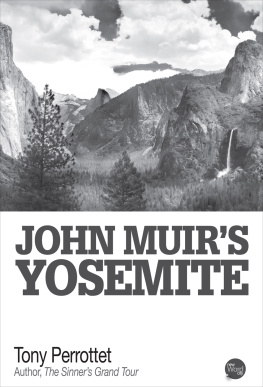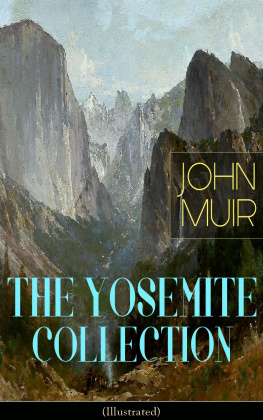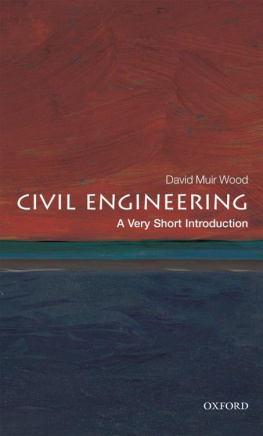Praise for Lucky Kunst
Muir makes this book a pleasure from start to finish
London Lite
Its a brilliant journey into the political landscape of the time and I passionately enjoyed not only the descriptions of my fellow artists work but also many of the hilarious anecdotes
Tracey Emin
Every other page has an anecdote to make you cringe
New Statesman
Very funny... a must read for anyone interested in contemporary art and culture
Books Quarterly
Engaging and highly insightful... essential reading!
Super Super Magazine

THE PALAZZO PISANI Moretti was packed. An impromptu stage had been erected in front of the elegant windows overlooking the Grand Canal where a multitude of water taxis could be seen bobbing up and down, waiting their turn to deliver tonights guests. A broad spectrum of the international art world was assembling on the marble steps, welcoming one another with smiles and kisses under the frescos and chandeliers. No one was paying much attention to the wall of dark cloud crossing the lagoon, heading right towards us. It was 1999 and this was Gary Humes after-opening party at the Venice Biennale.
Finally, after much anticipation, a cheer went up and the Venetian blinds shielding the stage lifted to reveal Jarvis Cocker perched on a high stool wearing a thick polo-neck sweater, an unusual choice given the stifling heat. Pulp played an exhilarating set finishing with their latest hit Hardcore, which starts with a sampled string arrangement weighed down with ominous significance. Just as the grinding guitars reached fever pitch and the melody came to a climax, a burst of lightning filled the palazzo. Perfectly on cue, a shockwave of thunder boomed across the night sky, raising hairs on the back of my neck. As the electrifying display synchronised with Jarvis performance, the crowd went crazy, everyone jumping up and down, revelling in the moment. I looked around me, and realised how far we had come. Pulp were playing at the height of their powers before an audience of young British artists, gallerists and collectors, all key figures of the day, celebrating their enormous success, and gearing up for another night of hedonistic excess.
British art hadnt always been this cool. The last time there had been a buzz in town was in the Sixties when David Hockney bounced out of the Royal College wearing his gold lam jacket. We seemed destined to live in the shadow of America, often adopting its latest trends through a process of transatlantic osmosis that remained unchallenged, as though influence itself was something that left port in New York and headed east. From the Fifties right through to the Seventies, America had cultural dominance. During the post-war period it had launched Abstract Expressionism, then Pop, followed by Minimal and Conceptual Art. These were not just lucky moments of brilliance, but entire movements laid out with each passing decade like a winning hand at poker, one card trumping the next.
It wasnt until the Eighties that heads slowly turned toward Germany, where Georg Baselitz and Anselm Kiefer were gaining recognition for their huge canvases heaving with slabs of paint. As the German economy went into overdrive, a flurry of artists came to the fore. Rainer Fetting, Hans Haacke, Jrg Immendorf, Markus Lupetz, Albert Oehlen, Sigmar Polke, Gerhard Richter the list goes on. Along with the rise of the Neue Wilden, or New Wild Things, German artists started to establish an art scene, focused around their bars and restaurants, such as the infamous Paris Bar in Berlin and the Chelsea Hotel in Cologne. Baselitz turned a castle into a studio while Martin Kippenberger, an artist whose career would later resonate with the YBAs, pickled himself on alcohol running a Berlin nightclub where he performed Nazi salutes on stage and was nearly beaten to death by his own clientele.
While Sylvester Stallone featured on the big screen killing everything in sight, German artists came to be seen as the Rambos of their day. They were all-powerful, all drinking, and all men, but for all their sins, they, along with the Italian Transavantguardia movement, succeeded in offering some respite from Americas cultural onslaught. Meanwhile, London was languishing in the doldrums. Culturally uninspired, the capital seemed sapped of strength, jaded and overcast. There was a sense of inertia, of the old world playing itself out, as tired old Sirs sold late-career work to fading Lords. Little Britains longstanding derision of all things foreign had rendered it out of kilter with international trends. With its smattering of contemporary galleries, London was simply not plugged in. To make matters worse, at the end of the Eighties Britains economy crashed, and across the nation the lights began to dim.
Yet it was out of this environment of low employment and inner-city neglect that a generation of young British artists began to emerge. These were the bad boys and girls of British art. Swaggering provocateurs, throwing themselves about town and flaunting their talent in front of high-powered collectors. While businesses buckled under the weight of recession, young artists played the situation to their advantage, achieving initial success through a series of group shows held in derelict buildings and independent spaces, scouring the industrial wastelands of the Docklands and South London for studios and exhibition venues, relentlessly promoting themselves at a time when contemporary art had little hope of popularity.
As the Nineties progressed, Britain began to shake off recession. Along with political reforms and the promotion of a so-called classless society, prosperity in Britain began to shift. Inherited wealth went into decline as creative industries started to grow. The quality of food improved. Property prices rose dramatically, along with credit card debt, violent crime and drug abuse. With the Nineties came the affirmation of post-war free enterprise and the dawn of globalisation. New technologies shaped the way we went to war and the way we worked. Fax machines and early breeds of computers were followed by email, which completely overhauled our day-to-day business. As information technology started to make its way into our daily lives, many of us battled with the indecipherable jargon of dense computer manuals. At the beginning of the Nineties, the very idea that we might end up owning a mobile phone seemed far-fetched, yet a few years later they were indispensable. Then, of course, came the World Wide Web.
The art scene, too, benefited from a more affluent Britain. The growing sophistication of young artists and their relationship to the market had a marked effect on the manner and scale of art business. Galleries stopped being cosy shops where soft transactions took place in carpeted rooms. The gallery of the Nineties was more likely to be an international brand, employing a bevy of upper-class slaves on reception and airborne sales teams. The price of art soared as galleries became more effective at bringing in new business. They were more corporate in approach and more professional in appearance. The friendly naivety of the Sixties evaporated as hardnosed businessmen took the helm and steered the ship in the direction of high earners, themselves the product of new financial practices. Young British artists broke the mould and transformed the image of the struggling artist dependent on Arts Council grants. Within a short space of time, the phenomenon of YBA had irrevocably changed the publics understanding of contemporary art, and soon it was impossible to reflect on British culture in the Nineties without thinking of pickled sharks and unmade beds.
Next page

